 Up to this point, most textile and garment enterprises in the province have had production orders until mid-2024 and are continuing to negotiate and sign new orders for the following months. This is a positive signal, contributing to helping enterprises have more motivation to invest in equipment, apply automation technology, and boost production and business.
Up to this point, most textile and garment enterprises in the province have had production orders until mid-2024 and are continuing to negotiate and sign new orders for the following months. This is a positive signal, contributing to helping enterprises have more motivation to invest in equipment, apply automation technology, and boost production and business.

KLW Vietnam Garment Joint Stock Company creates jobs and stable income for more than 600 workers. Photo: Chu Kieu
According to the Vietnam Textile and Apparel Association (VITAS), the first quarter of 2024 recorded the recovery of domestic textile and garment enterprises with the number of orders increasing compared to the same period in 2023.
With more than 10 years of operation in the province, constantly improving product quality, KLW Vietnam Garment Joint Stock Company (Phuc Yen) is a trusted partner of world famous brands such as Hugo Bos, Puma, DKNY, Tommy Bahama...
The company representative said that at present, the company has signed production orders until mid-2024. 2023 is an extremely difficult year for KLW Vietnam Garment Joint Stock Company when the number of orders from existing customers tends to decrease.
In order to create jobs and stable income for workers, the company has tried to compensate for domestic orders, but it is not feasible, because domestic demand has decreased by 30% compared to 2022; on the other hand, domestic competition and competition from other countries have increased due to the lack of orders, causing product prices to decrease by 10% - 20%, while raw material and transportation costs have increased, leading to record low profits.
Faced with forecasts of many market fluctuations, in 2024, KLW Vietnam Garment Joint Stock Company will continue to implement its product diversification strategy by promoting research and production of new products suitable to market needs and diversifying its product portfolio to expand its customer base; at the same time, optimizing production processes, improving productivity and reducing production costs to increase competitiveness.
Continue to maintain cooperation with key markets such as the US, Europe, and Japan, increase access to new customers in these markets, cooperate with strategic partners, fabric and accessory factories to optimize the supply chain to save costs and increase production speed. Thanks to that, by the end of the first quarter of 2024, the company has exported more than 460,000 products, creating jobs for more than 600 workers.
By proactively implementing many solutions to improve product quality and diversify markets, since the beginning of the year, Vietnam Garment Manufacturing Company Limited (TAL), Ba Thien II Industrial Park (Binh Xuyen) has received many orders, with export output reaching 1 million products.
In 2023, the domestic textile and garment industry will face many difficulties due to armed conflicts and political instability in some key export partner countries, along with the global economic recession and reduced consumer demand, causing textile and garment export turnover to decrease by 11.37% compared to 2022.
However, in the first months of 2024, when the number of orders increased again, textile and garment businesses took the initiative in improving product quality, focusing on developing businesses in a green and sustainable direction to meet new, more stringent requirements from partners, creating environmentally friendly products.
At the same time, with support mechanisms and policies to improve the investment and business environment of authorities at all levels and functional sectors, favorable conditions have been created for businesses to operate stably and boost production, bringing the garment production index in the first quarter of 2024 up 7.84% over the same period. Currently, most businesses in the garment industry have production orders until mid-2024.
To achieve the goal of bringing the export turnover of domestic textile products to 44 billion USD by 2024, currently, textile and garment enterprises in the province are continuing to shift their focus from rapid development to sustainable development, circular business with the main solutions being focusing on investing in science , technology and human resources development; continuing to diversify markets, supply chains and export products; regularly updating the market situation and information on input materials, thereby providing effective production and business orientations...
Luu Nhung
Source





![[Photo] Top players gather at the 2025 Nhan Dan Newspaper National Table Tennis Championship](https://vphoto.vietnam.vn/thumb/1200x675/vietnam/resource/IMAGE/2025/5/23/9ad5f6f4faf146b08335e5c446edb107)
![[Photo] Anh Hoang - Dinh Duc successfully defended the men's doubles championship of the National Table Tennis Championship of Nhan Dan Newspaper](https://vphoto.vietnam.vn/thumb/1200x675/vietnam/resource/IMAGE/2025/5/23/d6ab3bcac02c49928b38c729d795cac6)


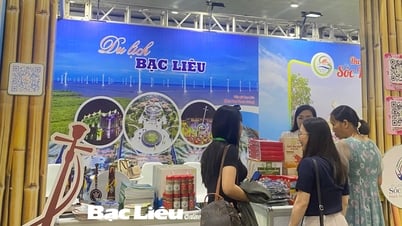


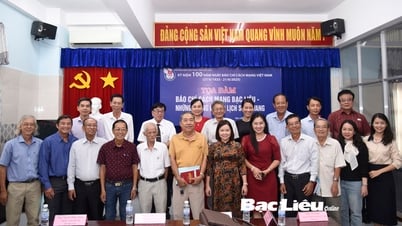
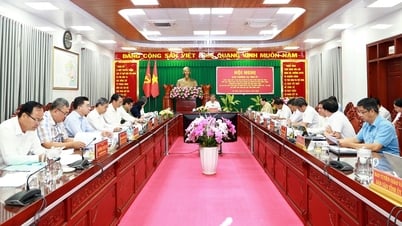
























































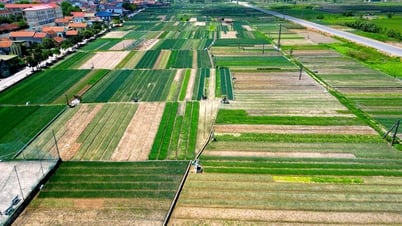

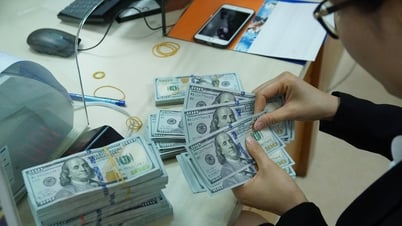

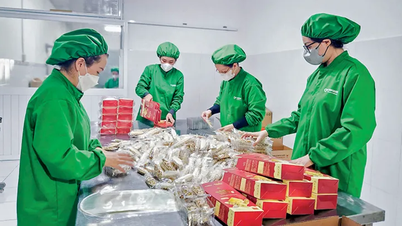


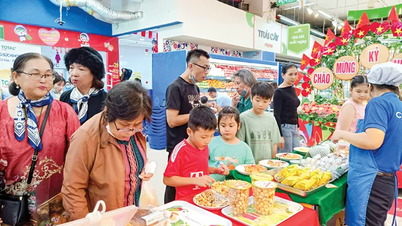












Comment (0)